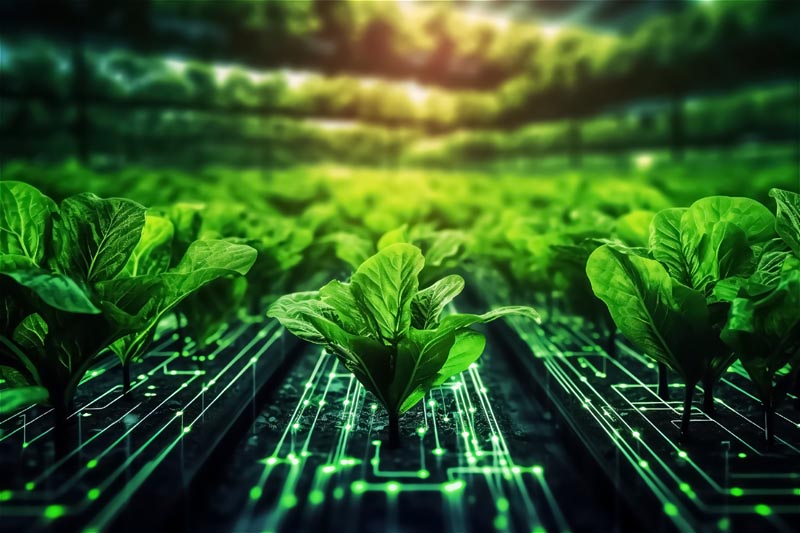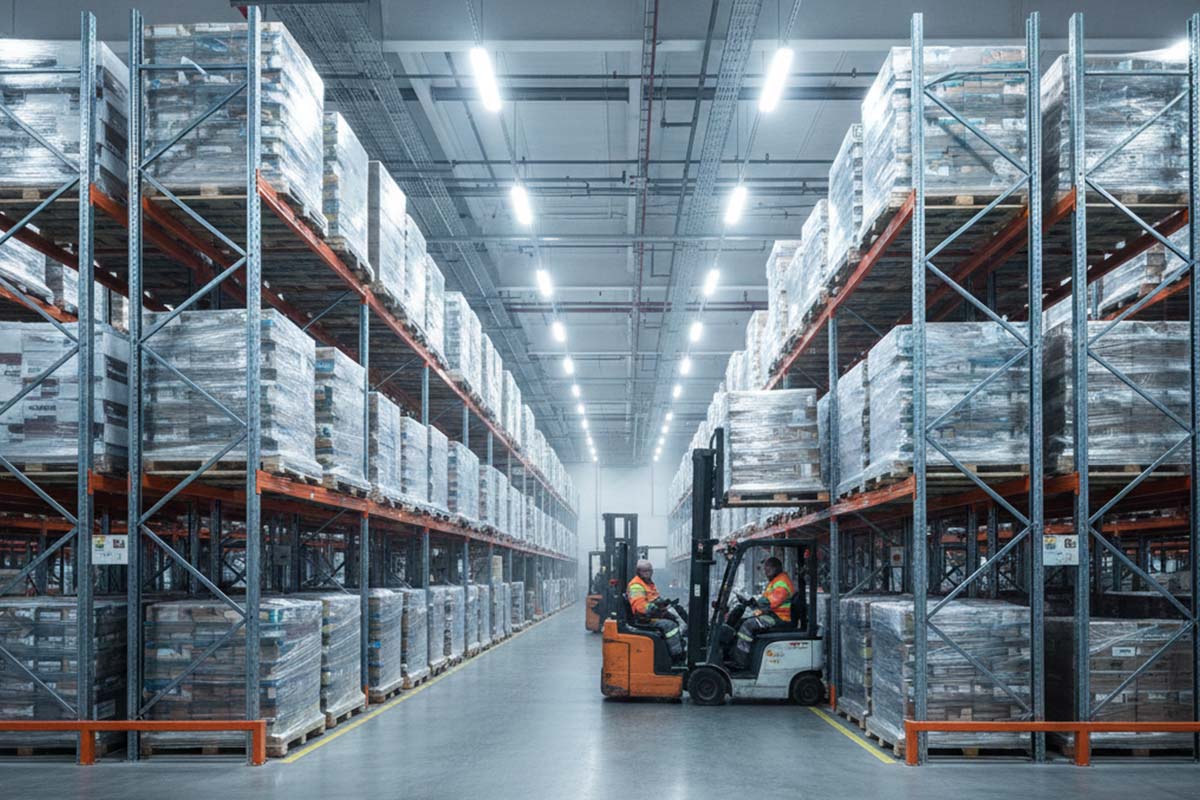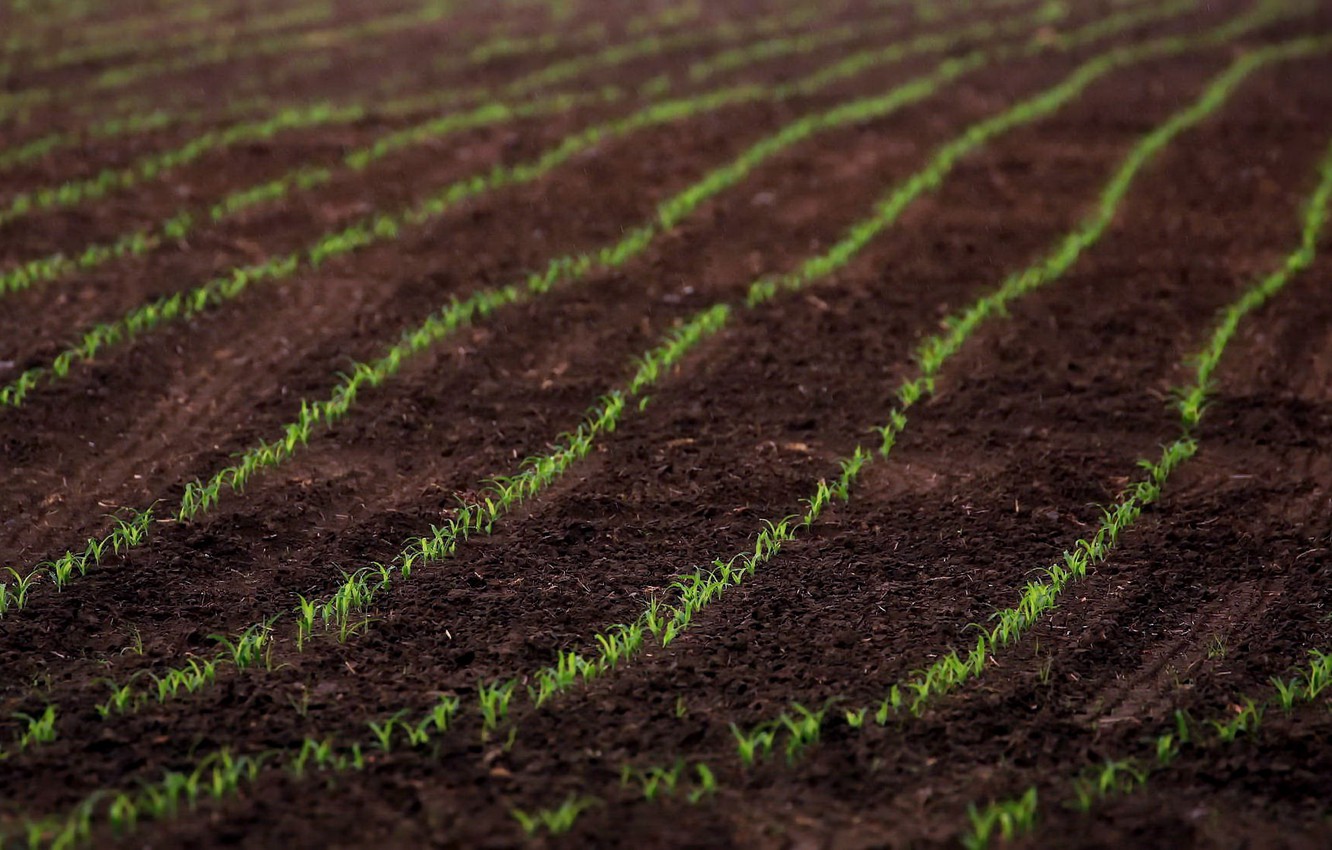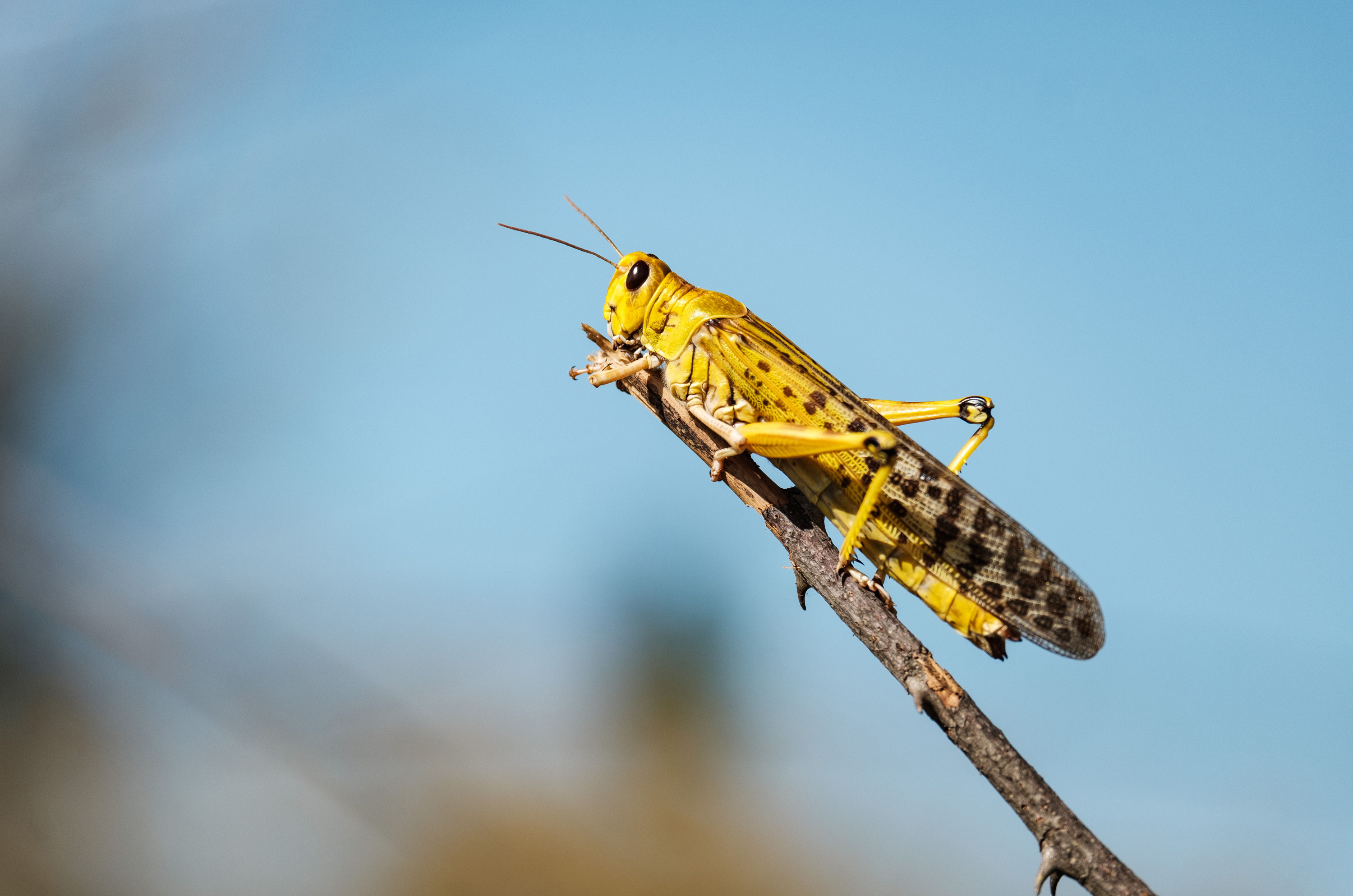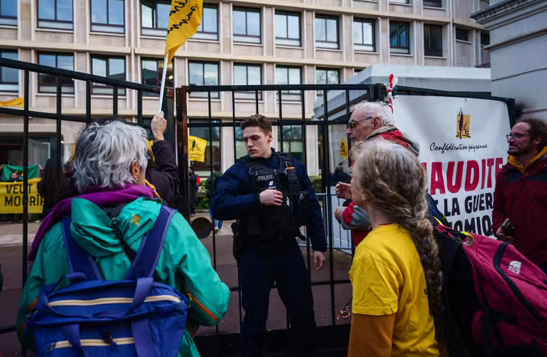Tom Farquhar checked the rain gauge on his farm in Ashton, Md., on Sept. 1, when remnants of Hurricane Ida rolled through the Mid-Atlantic. He was shocked — about 2½ inches of rain had fallen between 3 a.m. and 4 a.m. Then, almost another inch fell that afternoon. Much to his frustration, the cloudbursts washed away soils before he had a chance to plant a new set of crops.
The early September downpours might have been more notable if a surge of rain hadn’t occurred three times in the previous three weeks. Or yet again at the end of September.
“I feel as if I’ve seen rain this summer like I’ve never seen it before. When it rained hard, it just rained so hard,” said Farquhar, who grew up in the region.
Farquhar is a farmer at Sandy Spring Gardens, a three-acre farm on his and his neighbor’s land about 20 miles north of Washington. So far this year, he and his employees have produced 20,000 pounds of food, which is unloaded at farmers markets, Community Supported Agriculture initiatives, food banks and other local businesses.
Overall, Farquhar, as well as other local farmers, said they fared pretty well in this summer’s growing season. The U.S. Department of Agriculture reported that it expects higher-than-normal to potentially record large crop yields in Pennsylvania, Virginia, New York state and Delaware.
But getting to those yield levels has been more challenging recently. Now, farmers’ capacity to produce bountiful and healthy crops, particularly specialty crops grown at local scale, also relies heavily on their ability to adapt to the changing climate.
In recent years in the Mid-Atlantic region, extreme weather and unusual climate patterns — abnormal rainfall and nighttime heat — have pushed smaller farm-to-table businesses to adapt to newly erratic conditions. Those issues are expected to worsen as the climate continues to warm, driving farmers to adopt more protective measures on their farms and even to change the crops they grow.
“We can expect to have a table food production capacity for decades or centuries to come even with climate change,” Farquhar said. “But we’re going to have to manage more carefully and intentionally to accommodate our farms to the changes that we’re seeing in terms of humidity and in terms of torrential rain.”
Flooding fields
Certain levels of rainfall can be bad for some crops. As atmospheric moisture increases in a warming climate, rainfall becomes heavier. However, the total amount of rain hasn’t been the most significant trouble recently; the problem has been the irregular pattern of the rain.
“If you look at the growing season as a whole, the way in which that rain falls has changed,” said Brad Rippey, a meteorologist at the U.S. Department of Agriculture. Over the past few decades, “rainfall patterns during the growing season and other times of the year have been more erratic,” Rippey said.
Farquhar said the heavy rain of Sept. 1 came at an important time: while he was changing his crops. He had just pulled his sweet corn but had yet to plant the next crops, leaving bare soil vulnerable to erosion. The rains had a serious impact on the soil and created gullies.
“Gullies are a sign [that] topsoil has been removed from the surface of the land,” said Farquhar. “That’s bad because topsoil doesn’t regenerate fast and is created very slowly.”
For organic farms like Farquhar’s, the topsoil is loaded with organic material, which is swept away during “gully washer” rains. Sometimes, water carrying topsoil can run downhill toward the Chesapeake Bay, and nutrients from the runoff can pollute the bay and contribute to algal blooms.
The lesson learned? Hustle.
“Crop transition has to be managed much more intensively to protect against the possibility of torrential rain causing damage to the field,” said Farquhar.
Another physical solution is to plant grass mixtures designed to carry water off the field while holding down the soil and keeping the organic materials within the farm.
But some grass mixtures won’t always hold up in intense rain events, which are expected to worsen with climate change.
At Potomac Vegetable Farms in Vienna, Va., lead farmer Hana Newcomb said a rain event in September — a concentrated four inches — washed away her newly planted spinach. In retrospect, she wouldn’t have planted the vegetable yet had she known the intensity of the rain to come.
“Those four inches came so fast that we lost entire pieces of fields that we wouldn’t have normally lost,” said Newcomb, whose farm supplies food to at least 2,000 families a week. “We have a lot of grass planted around there, but it just couldn’t hold the soil. It was just too much water, too fast.”
Warmer weather woes
Newcomb remembers picking tomatoes well into October decades ago as a child on her parent’s farm, which she has since taken over. Now, she said, tomato season is much shorter and the crop is riddled with blight, a fungal infection, practically annually.
“We just kind of take it for granted now that there’s always going to be a blight,” said Newcomb, who noticed an increase in the past decade. “There’s a time when your tomato plants are just gorgeous, and then instantly they start to die from the bottom up.”
One of the main culprits is higher temperatures, specifically at night. Nighttime temperatures are increasing to levels higher than ever seen before in the historical record, Rippey said. For instance, he said, Maryland and Delaware experienced their third warmest overnight conditions on average in the historical record from June to August.
With high humidity this summer, the conditions were ripe for fungal growth.
The growth begins with fungal spores deposited in the soil, brought in by insects, wind or water from other infected plants. Farquhar explains that the soil can splash onto the lower leaves when it rains and infect the plants. The fungal disease migrates up the tomato vine, and gradually the leaves will die from the ground up over several months. The tomato fruit remain usable but are much smaller.
Fungal diseases also affected larger crops. Farquhar said a disease killed the vines of his winter squash, potentially reducing his end-of-season yield by half. Newcomb stopped growing pumpkins in recent years because they often get “mildewy.”
Looking to a positive future
The warmer weather does not bring only bad news.
With higher temperatures lasting longer into the fall, Newcomb said she can have summer and fall crops in the ground at the same time. With warmer winters, she doesn’t need to protect her crops against the cold as much as previously and worries less about the first frost.
With more erratic weather, Newcomb combats the varied growing conditions by planting a diverse group of vegetables that can thrive under different weather. She also grows crops that she didn’t used to.
“Now we probably grow 50 or 60 different crops, and something is always going well,” Newcomb said. “I think that’s the best way to accommodate the weather. Diversity is your savior.”
This year, she also credits a high crop yield to the absence of Mexican bean beetles devouring her crops — the bugs’ absence being a benefit of a warmer summer. Exceptional heat, such as multiple days over 90 degrees, significantly limits the beetle’s reproductive activity and kills eggs and larvae.
Given the season’s success, Newcomb and Farquhar shy away from complaining about their situation much. Both know the region is faring well in comparison with parts of the western United States that are dealing with water shortages or severe drought, but they also are acutely aware that their farms are not immune to climate change.
“I really don’t complain, but we have to learn to work around the kind of intensity that we’re experiencing,” Newcomb said.
Source - https://www.washingtonpost.com



